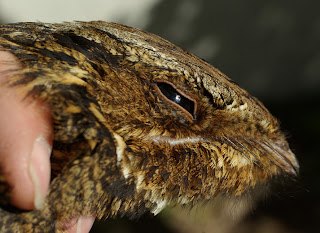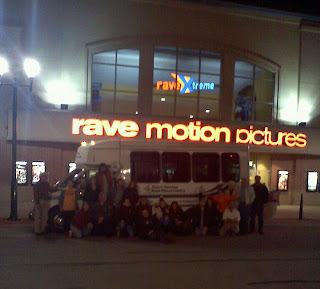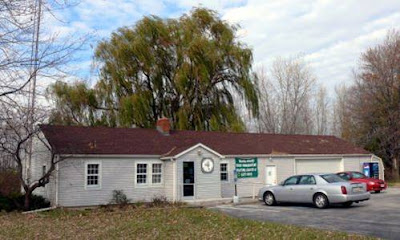Twas the Night Before the Christmas Bird Count
From Homebase in Oak Harbor. Ohio, Kimberly Writes: My friend Katie Andersen is so creative. She wrote this great poem about the joy and insanity of doing Christmas Bird Counts to the theme of Twas the Night Before Christmas. I think you'll like it as much as I did - and I hope you'll share some of your favorite CBC stories with us! Twas the Night Before the Christmas Bird Count by Katie Andersen ‘Twas an hour before the Christmas Bird Count, when we left our warm house; Not a songbird was stirring, not even a Titmouse. Binoculars were hung over downy vests with great care, In anticipation of the birds that would soon fill the air. While our neighbors were still snug in their beds, To the count circle we birders did head. And I in my hoodie and my friend in her Tilley Hat Had just hiked to the spot marked on our count map When, alerted by a Winter Wren’s scolding chatter, We snatched up our optics to see what was the matter. Quite annoyed by the Wre...







